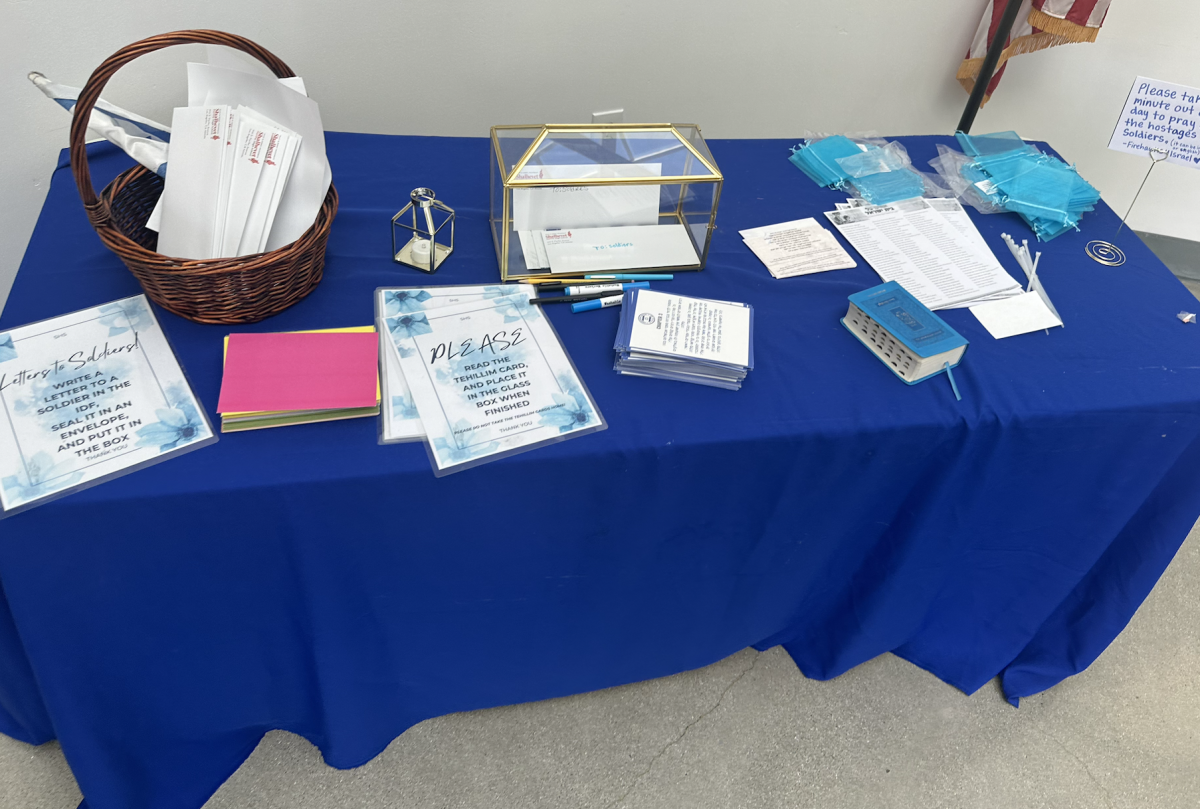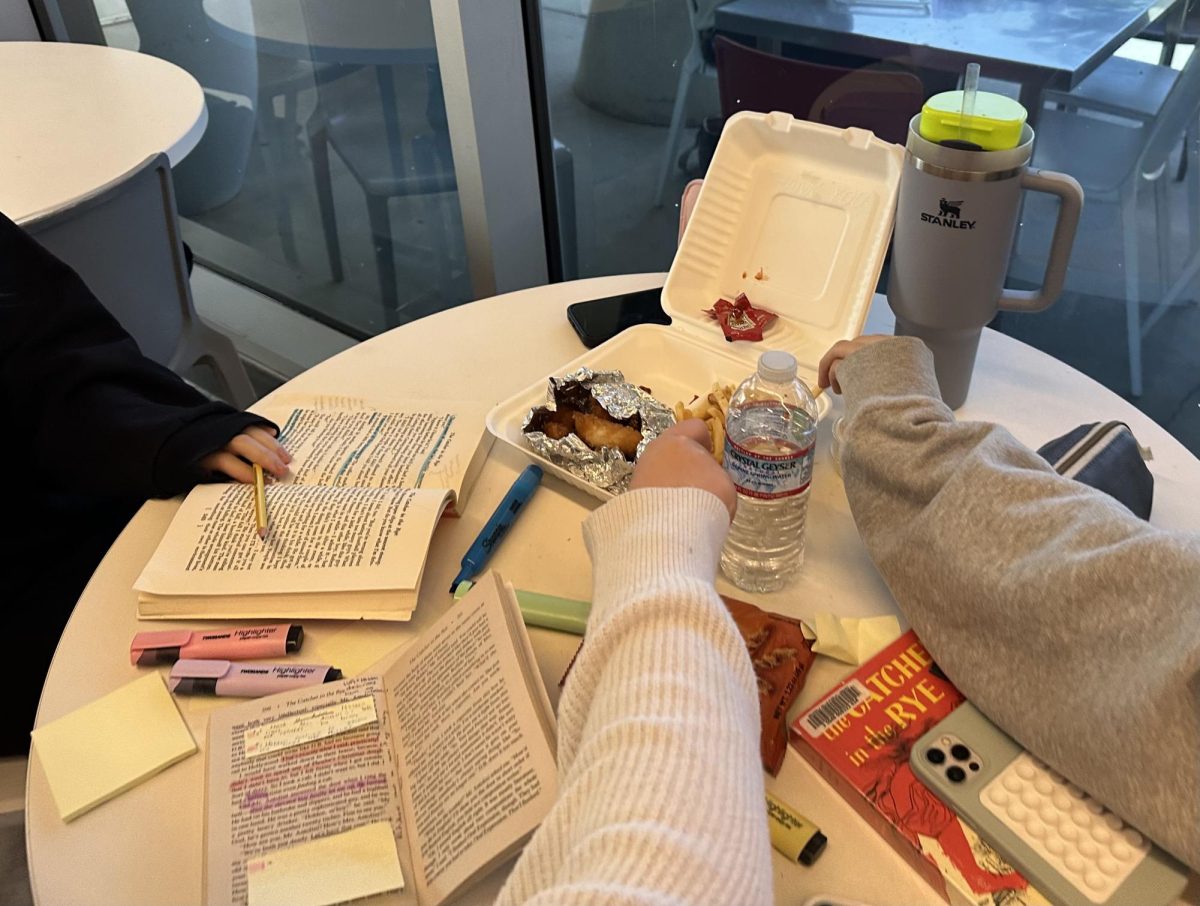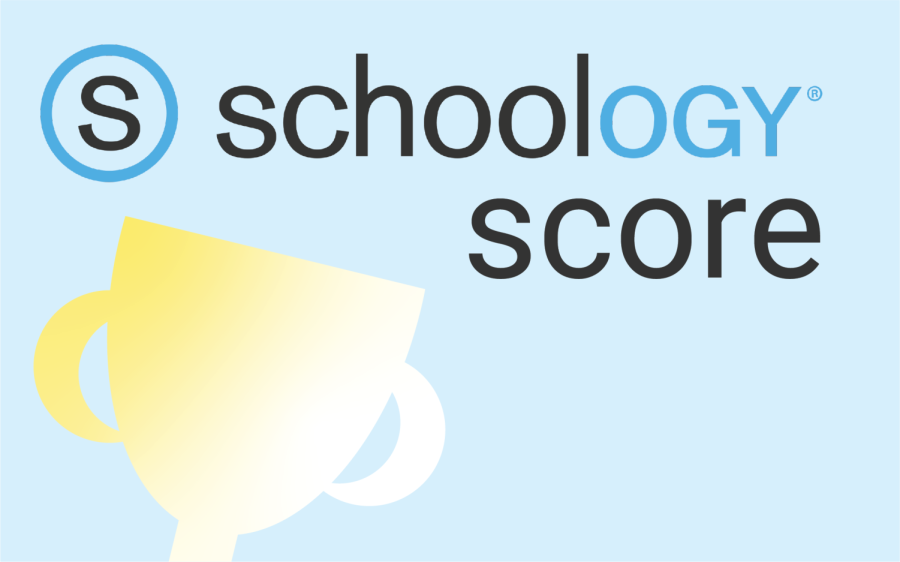Nobody sets out to be addicted.
In fact, most people who do “soft drugs” like marijuana and hookah do so thinking that they’ll never get addicted. But even Amy Winehouse, who died in July from a drug and alcohol overdose, started off smoking marijuana as a teenager (www.tinyurl.com/AmyWinehouseBP). And Amy Winehouse, despite the life she lived as a celebrity, grew up in a Jewish community in London not too different from those of many Shalhevet students.
Southgate Progressive Synagogue, where the Winehouse family held Amy’s memorial service, could just as easily be Temple Isaiah on Pico Boulevard. It has about 1,000 registered members, offers bar and bat mitzvah lessons to pre-teens, and is located near several Jewish schools. Like any other non-Orthodox synagogue, many people drive to get there on on Shabbat, girls read from the Torah, a lot of students come back from college to pray there during the High Holidays. All socioeconomic levels are represented by its members.
That makes Ms. Winehouse as good an example as any to suggest that addiction can happen to anyone – or at least anyone from a Jewish community in West L.A. And she started off using and abusing marijuana.
This leads to the following question: Can pot be called a gateway drug? Well, it depends on your definition.
If gateway drug means it generally precedes other illicit drug use, possibly for arbitrary reasons such as easy access or friends’ preferences, then yes, marijuana is undeniably a gateway drug.
If gateway drug means marijuana might or tends to lead users to harder drugs like cocaine or heroin, then the answer, according to a Boiling Point interviews and a survey of websites, is that it’s complicated.
All scientists seem to agree that marijuana can affect the brain, especially while it’s still developing and sometimes in ways that make other drugs more appealing. According to www.drugscience.org, animal research shows that early exposure to marijuana makes opiate drugs more rewarding.
Socially, there’s the fact that a pot user is probably in contact with users and sellers of other drugs, increasing the risk of being tempted to try those too. And of course, someone who is already looking to get high will probably start with marijuana because it’s the most accessible recreational drug.
“What I’ve seen is not everyone who uses marijuana is going to become a heroin addict,” said Amy Roderick, special agent for the Drug Enforcement Administration, in an interview. “But every heroin addict that I’ve ever interviewed or met has started with marijuana.”
There is endless information to back up either side of this debate, but the conclusion seems to be proof of “correlation, not causation.” A correlation between pot and narcotics is undeniable, but the likelihood of someone trying heroin because of their experience with pot, also known as cannabis, just depends on the person.
“Four surveys, covering nearly 17,000 people, were carried out in Amsterdam in 1987, 1990, 1994 and 1997,” says an article on drugscience.org. “[They] found that there was little difference in the probability of an individual taking up cocaine as to whether or not he or she had used cannabis. Although significant numbers of people in the survey did use soft and hard drugs, this was linked with personal characteristics and a predilection to experimentation.”
Scholastic.com, however, quoting the American Society of Addiction Medicine (ASAM), says pot users have put themselves on a slippery slope.
“Researchers discovered that smoking pot seems to alter the brain chemistry of users in a way that makes them more vulnerable to using drugs like heroin and cocaine,” the website says. “That could explain why 90 percent of hard-drug users say that they used marijuana first.”
And in a September 2010 report, the ASAM itself reports “concern at the rapidly increasing number of young patients who enter treatment for cannabis dependence,” and explains the mechanism of marijuana addiction in detail. (tinyurl.com/BPcannabisaddiction)
Still, because so many people are able to smoke pot frequently and not become addicted, the common perception is that it isn’t addictive at all.
A study done by the Institute of Medicine of the National Academies in 1999 showed that nine percent of all marijuana users will become addicted – a risk that would be considered huge in the context of the chance of dying from surgery, for example, or not being accepted to college.
“Long-term marijuana abuse can lead to addiction,” says the website for the National Institute on Drug Abuse (www.drugabuse.gov/infofacts/marijuana.html). “That is, compulsive drug seeking and abuse despite the known harmful effects upon functioning in the context of family, school, work, and recreational activities.
“Estimates from research suggest that about nine percent of users become addicted to marijuana; this number increases among those who start young (to about 17 percent) and among daily users (25-50 percent).”
A mixture of green, gray, and brown shredded leaves, stems, seeds, and flowers of the hemp plant, marijuana has about 400 chemicals, some of which are carcinogenic. When smoked, the active ingredient, tetrahydrocannabinol (THC), passes passes almost immediately through the lungs into the bloodstream, which carries the chemicals to organs such as the brain.
THC binds to sites on the nerve cells called cannabinoid receptors (CBRs); overstimulation of the receptors causes the “high” that is associated with marijuana. Over time, the overstimulation can change the function of CBRs, which can lead to addiction and withdrawal symptoms when the user gives it up (www.drugabuse.gov).
“The thing about marijuana is it is very subtle,” said the author of marijuana-addict.com, a self-proclaimed users‘ guide to marijuana addiction. “You can use it daily, for extended periods of time and think nothing of it. Yet the person has become completely dependent and doesn’t even realize it.”
More common than physical addiction to pot is the psychological dependence that many people develop.
“The old-school view of addiction is that addiction is a physical thing,” continues marijuana-addict.com, a blog. “Marijuana does have a physically addictive component. The physical withdrawal symptoms are somewhat similar to a person who is quitting cigarettes. However, weed can be incredibly psychologically addictive (for some of us).”
That’s because, the writer continued, people start using weed as an escape from the stresses in their daily life. Users describe two phases of “high” from marijuana, which is a mild hallucinogenic: initial euphoria, followed by tranquility. Although pot also distorts perceptions and may cause anxiety or paranoia, a person tends to lose the desire — or ability — to cope with their problems without getting high.
“In other words, it’s not about pot but about the potholes young people encounter on the road of life.” (www.cbsnews.com)
Dr. Itai Danovitch, Cedars Sinai’s Director of Addiction in Psychiatry Services, discussed the who, what, and why of drug addiction in an interview Dec. 15.
“Most people try drugs because people like to have different experiences,” Dr. Danovitch said. “Whether that drug is alcohol or caffeine or marijuana, people historically have thought to change their states of mind — to travel without necessarily going anywhere.”
Shalhevet’s school counselor Rachel Hecht said that state of mind can be its own source of addiction.
“It’s the sensation of being high that’s addictive in and of itself,” Mrs. Hecht said. “In my opinion, there’s a social addictiveness of it. For the long-term users, there’s a habitual social dependence on it. I’m highly concerned if a student feels that they need to smoke to have fun at a party.
Dr. Danovitch also brought up a correlation between age and addiction.
“It turns out that most people that use substances don’t get addicted to them, but a substantial group do,” he said. “That risk of addictiveness is increased the earlier someone starts using it. Using substances at an early age changes some of the neuro-circuitry of the brain and it increases the chances of addiction later in life.
“It’s kind of like obesity,” he said later. “For some people, the risk of becoming obese is really high. For other people, they have such high metabolisms that they burn off all their food really quickly. Can they still become obese? Yeah, if they have enough food.”
So does that mean that any average Los Angeles teenager could be the next Amy Winehouse? Possibly.
“We don’t know what specific risk factors Amy had that led to her becoming addicted,” Dr. Danovitch said. “People have different risk factors, and not everybody has the same ones. Some people are at much higher risk than others, and that tends to be people who have family histories and other mental problems such as depression.”
But environment still matters, too, he said.
“That’s a social factor, and then there’s genetics,” Dr. Danovitch said. “All those things come together to ultimately lead to what a person’s risks are and how they look at the end of the day.”
That makes trying marijuana a little like driving without a seatbelt. You’ll probably be fine, but like Amy Winehouse, you might not know whether you’re heading for an accident until you get there.













